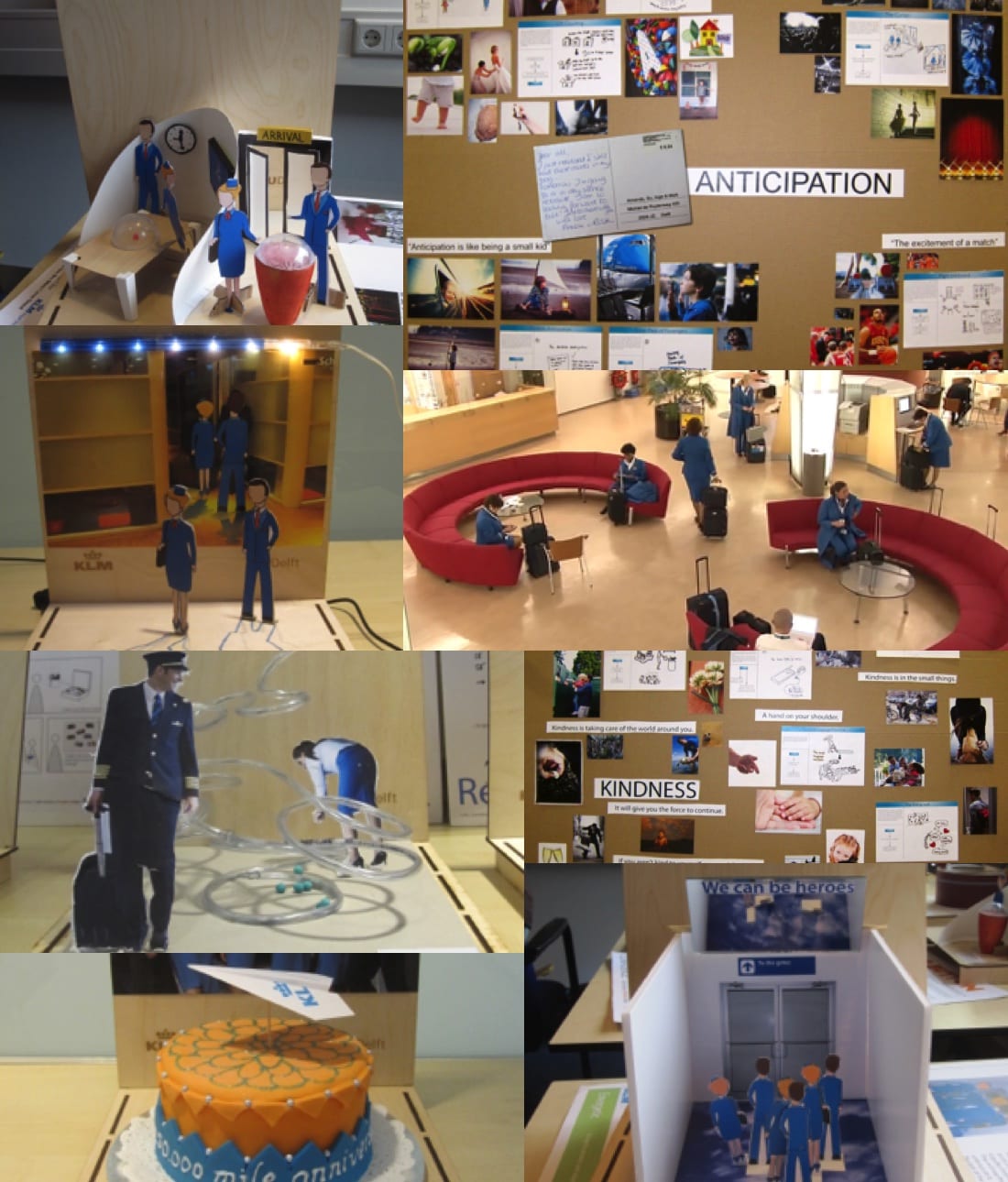

Publication
- Ozambela S., Ozambela J.P., Yoon J. (2025) Inner Visions: Designing a behavioral intervention technology to assist young adults in identifying and articulating personal goals (under review)
- Experience Inner Visions!
This paper explores how technology-supported interventions can facilitate young adults’ processes of identifying and articulating personally meaningful goals by integrating theories of self-determination, character strengths, and psychological needs. Using research through design as a main approach, we developed and evaluated Inner Visions, a web-based tool that (1) guides users through reflection on their current and aspirational life roles, (2) helps them identify relevant strengths and psychological needs in relation to these roles, and (3) generates an AI-generated personalized mind map to scaffold reflective goal articulation. Our mixed-methods evaluation with young adults and health professionals showed that Inner Visions effectively supported self-reflection and goal clarity while maintaining user autonomy. This paper contributes by demonstrating the critical importance of scaffolding goal articulation as a prerequisite to goal achievement and behavior change, showing how strengths-based approaches can be operationalized in digital tools, and revealing how AI integration can enhance rather than diminish user autonomy in reflective technologies.




